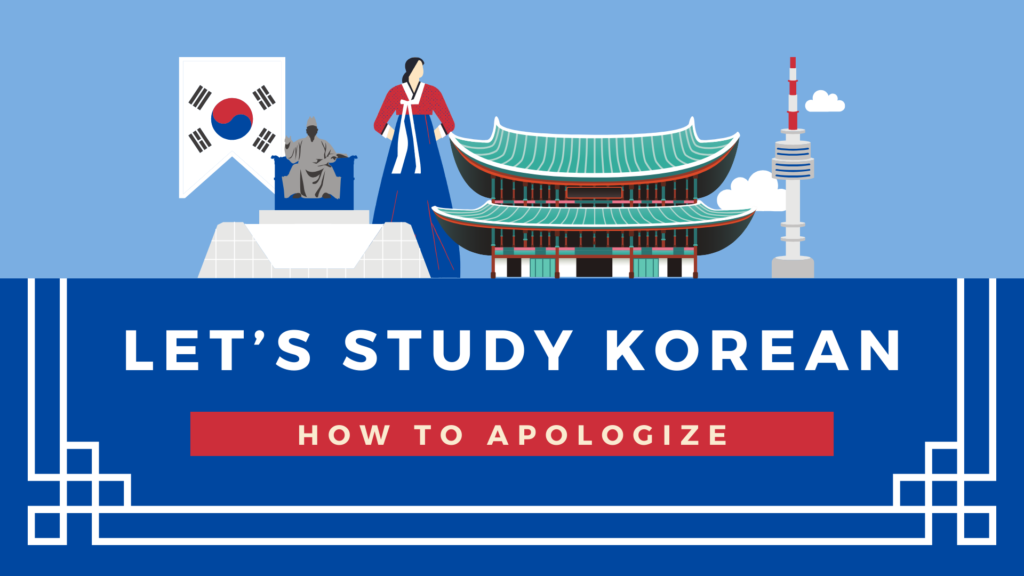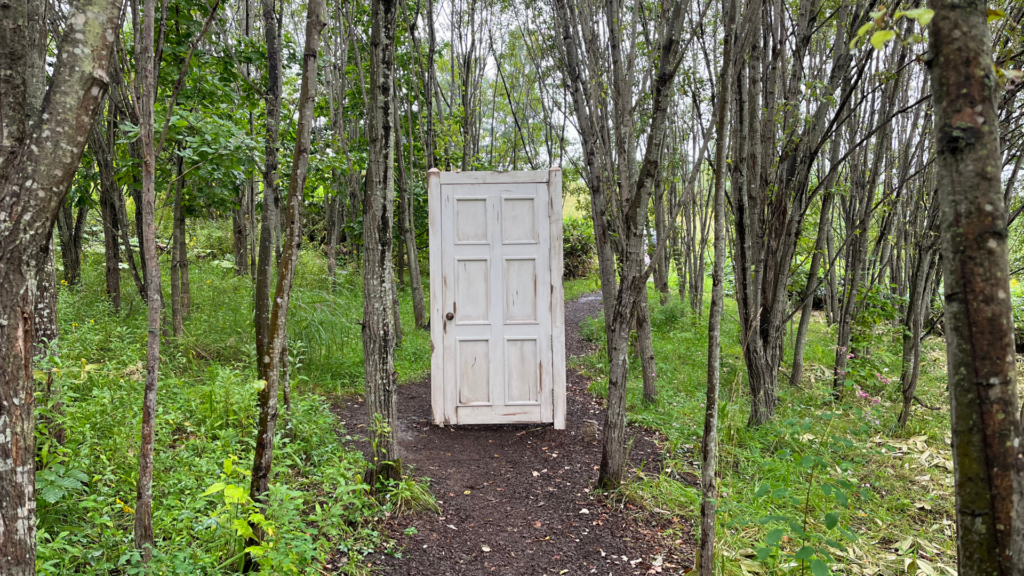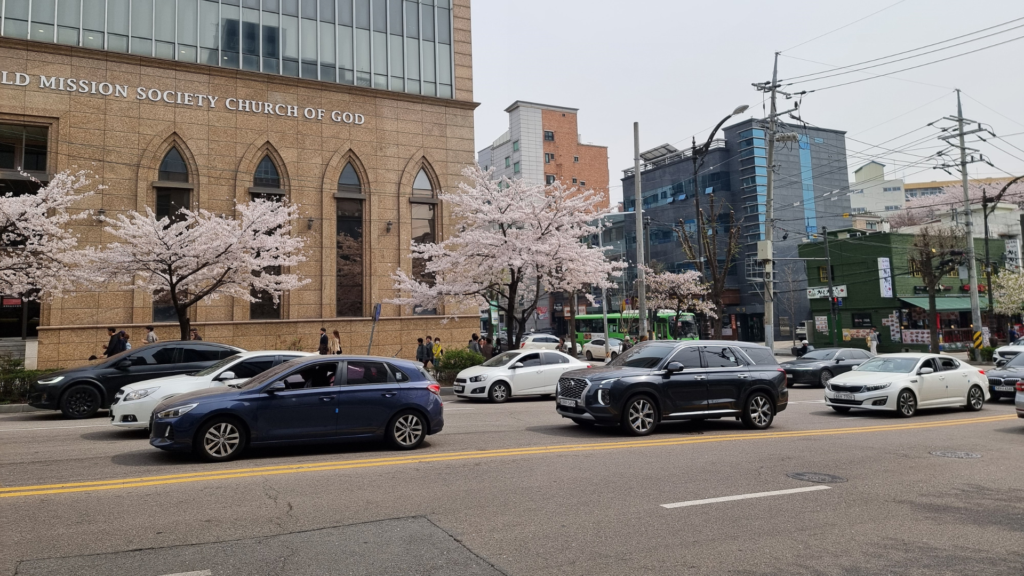Last updated on June 2024.
Hanbok (한복) is the traditional Korean dress with ancient roots. The style belongs to the era of the Joseon dynasty at the end of the 1300s, but some researchers claim that it is of Mongolian or Siberian origin. Having fallen into disuse in the 1960s, the hanbok is now used as a ceremonial dress or during particularly formal occasions. Let’s find out more about what it is.

How the traditional Korean dress is made
There are two versions of the traditional Korean dress hanbok: one male and one female.
The women’s version is mainly made up of two parts: a wide skirt (치마, chima) that reaches down to the feet, tied below the breasts by a sash, and a short jacket (저고리, cheogori). Both parts are embroidered and come in different colours. Usually the models used by the nobility were made of silk or cotton, while the poorer people used hemp fabrics. Decorative accessories were often used with the hanbok, such as clips called binyeo (비녀), long traditional hairpins used to pin the chignon, and cheopji (첩지), which are decorations for the front of the hairstyle.
The men’s version of the traditional Korean dress consists of a jacket (also called cheogori) and trousers (바지, baji), all usually covered by a long overcoat called durumagi (두루마기). A black bamboo or horsehair hat called a gat (갓) completes the outfit.
The colours of the hanbok also symbolized the social position and marital status of the wearer. Brighter colours, for example, were usually used by young people, while middle-aged men and women mainly used softer shades.

The traditional Korean dress today
Although this traditional Korean dress was replaced by Western-influenced clothes, the hanbok has not disappeared completely. It is used for special occasions and ceremonies such as weddings (if one chooses to celebrate in traditional style), Lunar New Year (설날, Seollal), ancestral rites such as the famous Chuseok (추석, the Korean Thanksgiving during which certain rites of remembrance of the dead take place) and the first birthday of a child, called doljanchi (돌잔치) or, more simply, dol (돌).
Even today, there are many shops specialising in the sale of hanbok, and a single item can cost millions of won. The most popular shops for this traditional garment are located in Seoul’s Apgujeong (압구정), Sinsa (신사) and Cheongdam (청담동) areas.
Where you can wear the hanbok in Korea
If you’re in Korea, you can’t miss out on the experience of trying on a hanbok. You can rent a traditional Korean dress for a few hours at a moderate cost (about 10,000 won for the cheapest ones) and walk around the palaces wearing the hanbok. There are also places where you can try on the hanbok for free and take photos. These include the Seoul Global Cultural Center. At the Seoul Global Cultural Center, located in Myeong-dong, one of the city’s main shopping areas, there is an abundance of tourist information available and you can also try wearing the hanbok. In addition, handicrafts, dance, and cooking activities are often offered.
In our opinion, the best hanbok experience you can have is at Gyeongbokgung, Seoul’s main royal palace. The surrounding area is full of shops that rent out clothes for a few hours. You can then walk around the palace in a traditional dress and fully immerse yourself in the past. Not only will wearing the hanbok add to your cultural experience, but you’ll also be given free admission for wearing the hanbok at the palace. Now that’s a deal you can’t miss out on.
Also, located around the palace is Bukchon Hanok Village. This is a small area where the houses have not changed from the past, but have remained in a traditional style. Many tourists wander through the streets wearing hanbok and feel as if they have been transported back to living in the past.
For more information, follow the Go! Go! Hanguk blog and feel free to contact us about living and studying in Korea.















